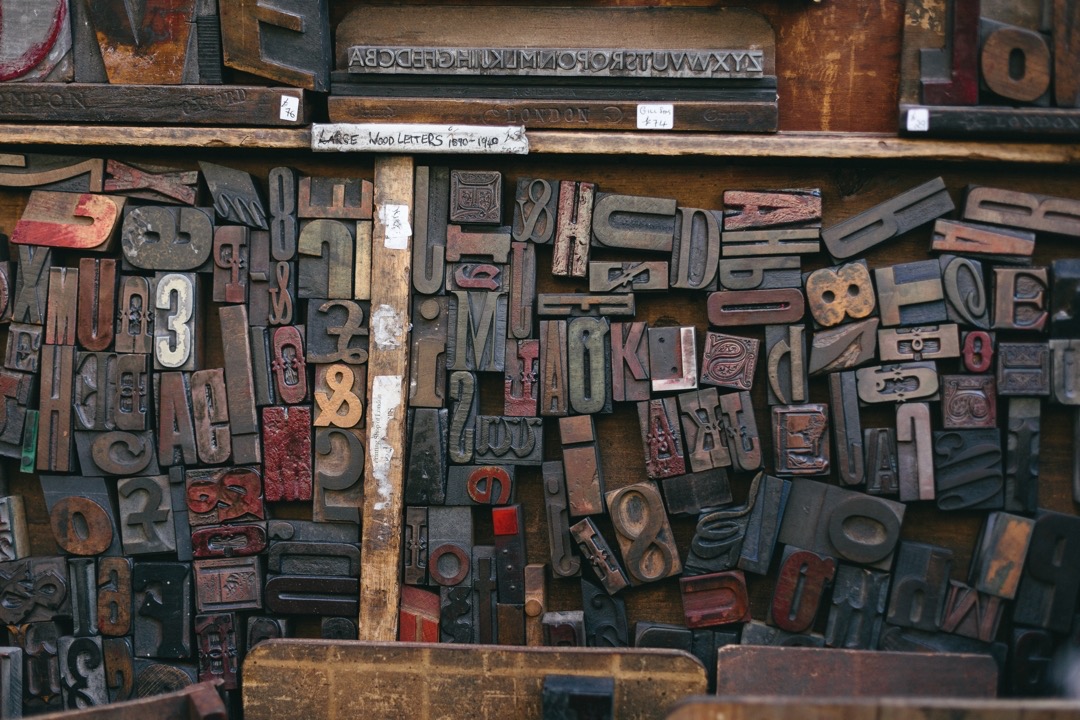The question seems obvious. If the intention is to create a magazine, then why not a print magazine? Why a digital magazine? As much as I would admittedly like to publish a print magazine–my graphic design background almost screams for it–there are two reasons for choosing digital: practicality and economics.
Digital publishing involves primarily writing text then allowing the platform to set the text, photos, etc. into the a pre-determined layout. In the case of a blog, the layout can be customized either through themes or depending on one’s skill level, changing the parameters of editable elements through coding. Once the manner of presentation is determined, the user only ever has to write content.
(Why Not Print cont.)
Print publications, however, require designing the layout through applications like InDesign. A template for the general look and feel of your publication can be set in advance as well, but there will always be either minute or signifcant changes to text flow, photo positioning, etc. as print publications are at their most attractive when the layouts adapt to the article’s subject matter. Have you ever seen a magazine or even a newspaper which maintains the exact same aesthetic issue after issue? Managing the artistic direction of each issue is painstaking work usually entrusted to a dedicated staff member(s).
Furthermore, designing the issue is only the halfway mark of the printing process. A check of a blue line output (a blue monochrome printout) from the printer to look for and point out technical errors as well as a press check of the color output is prerequisite. This can be time consuming as well as frustrating if mistakes are made on either the designer or printer side. For someone like Kai Brach (who I will reference often on this blog), publisher of the excellent independent magazine Offscreen, quality control of his magazine usually involves flying to Germany to personally oversee this process at the printer.
Moreover, even after the freshly printed magazines are delivered, there is still the matter of order fulfillment. Collating orders, packaging, shipping, and corresponding with customers regarding their orders is a complex job. Despite the existence of various tools to assist in this phase of self-run retail, it is an additional layer of complexity to the process of reaching your readership. I am sure even the most successful creators who offer their products for sale directly to customers employ (paid or otherwise) friends or relatives to assist them.
As a side project, as a niche publication with an admittedly limited audience, the time and effort required to properly create then distribute a printed magazine is, at this juncture, just not practical. There is a reason why small, one or two person run independent magazines rarely release monthly; some only twice a year. By publishing digitally, a number of time consuming stages common to creating a print publication are eliminated. Additionally, a global audience can be reached without having to deal with a plethora of postal rates & rules, delivery errors, etc. Therefore, the spare time during which this publication is created can be dedicated primarily on what matters most: editorial content. A certain artistic appeal may be sacrificed in the overall “sameness” of each issue due to the nature of a publishing platform, but I believe the aesthetics of a digital medium are a secondary consideration as long as the user experience is gratifying. Until the magazine is capable of monetarily supporting the creative and managerial effort required, a non-physical publication is the most pragmatic.
Which bring us to the issue of economics. A physical publication takes money to publish. Printers offer prices based on print run; the more units ordered, the less it costs to print. Knowing the limitations of my own publication, printing and binding a small run of magazines would not be cost-effective. Likewise, shipping supplies as well as postage to dispatch issues to various parts of the globe also add to the costs. These costs must be passed on to the consumer via the cover price. Set the price too high in order to net a profit, one risks decreased sales. Set the price too low, one risks losing money on every issue sold. I could experiment with ads or sponsorships, but they are of any value if they yield results which are based on audience size. Once again, a niche publication just would not have the readership to be of any worth to advertisers and sponsors.
Thus, a digital publication is both practically and economically more sensible. It is not without its own set of costs and complications, of course, but it is the solution which best suits the resources available to me. If “time is money” then one must find ways to maximize each while attempting to achieve one’s goal. As with filmmaking, the digital medium and digital tools are giving creators the means to do so when both are in short supply.
